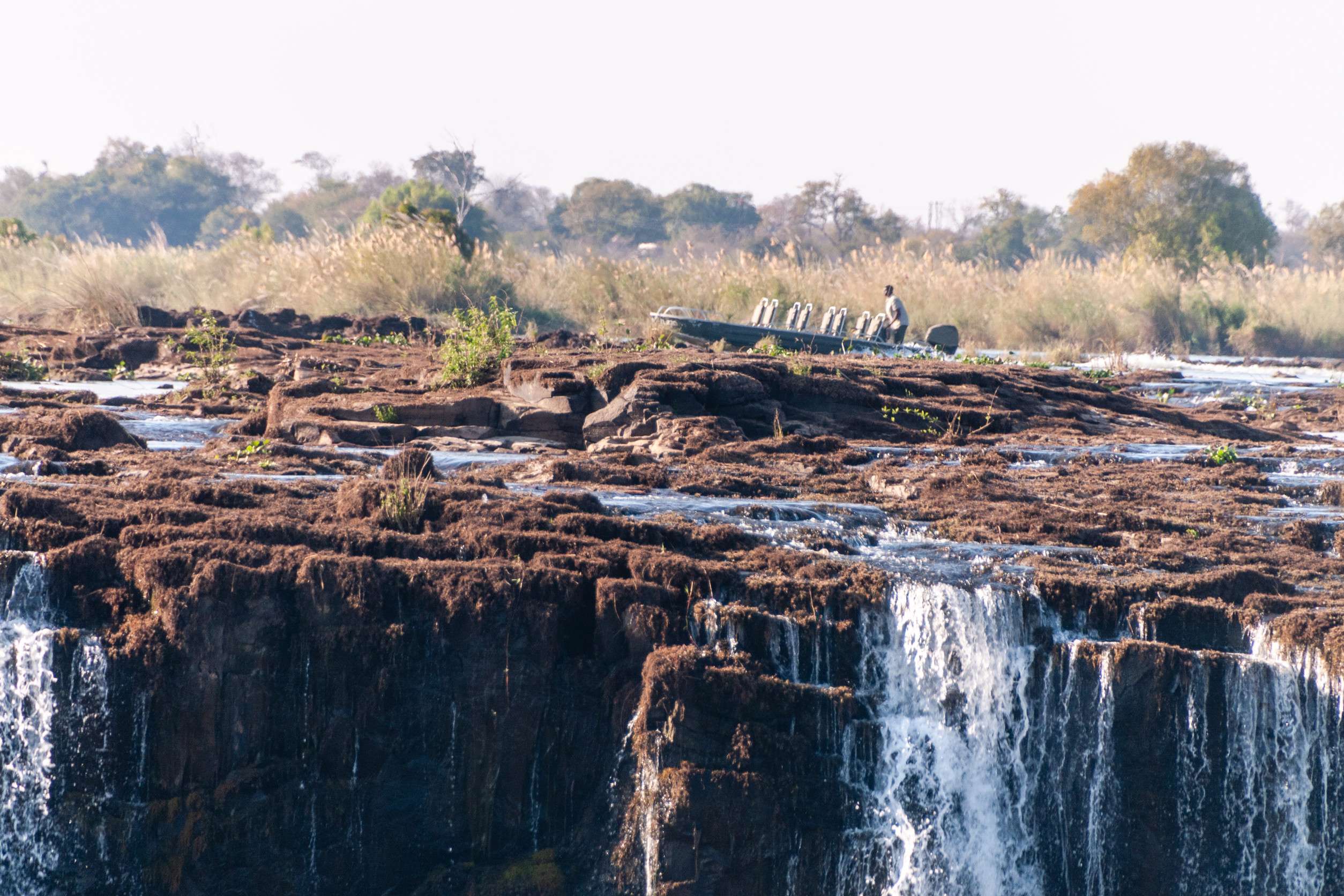
Zambia is a photographer's paradise, boasting an abundance of natural marvels and breathtaking landscapes. From the majestic Victoria Falls, where mist and rainbows swirl in the sunlight, to the tranquil Zambezi River and the golden savannahs of South Luangwa, every moment in this location is a work of art that is just waiting to be captured on film. Zambia's breathtaking culture, abundant wildlife, and breathtaking sunsets will enthral you with their visual feast, one breathtaking moment at a time. Photographing Zambia’s Most Breathtaking Locations includes Victoria Falls, South Luangwa, and Lower Zambezi. Ensure a smooth trip by obtaining a Zambia eVisa online for hassle-free entry and travel.
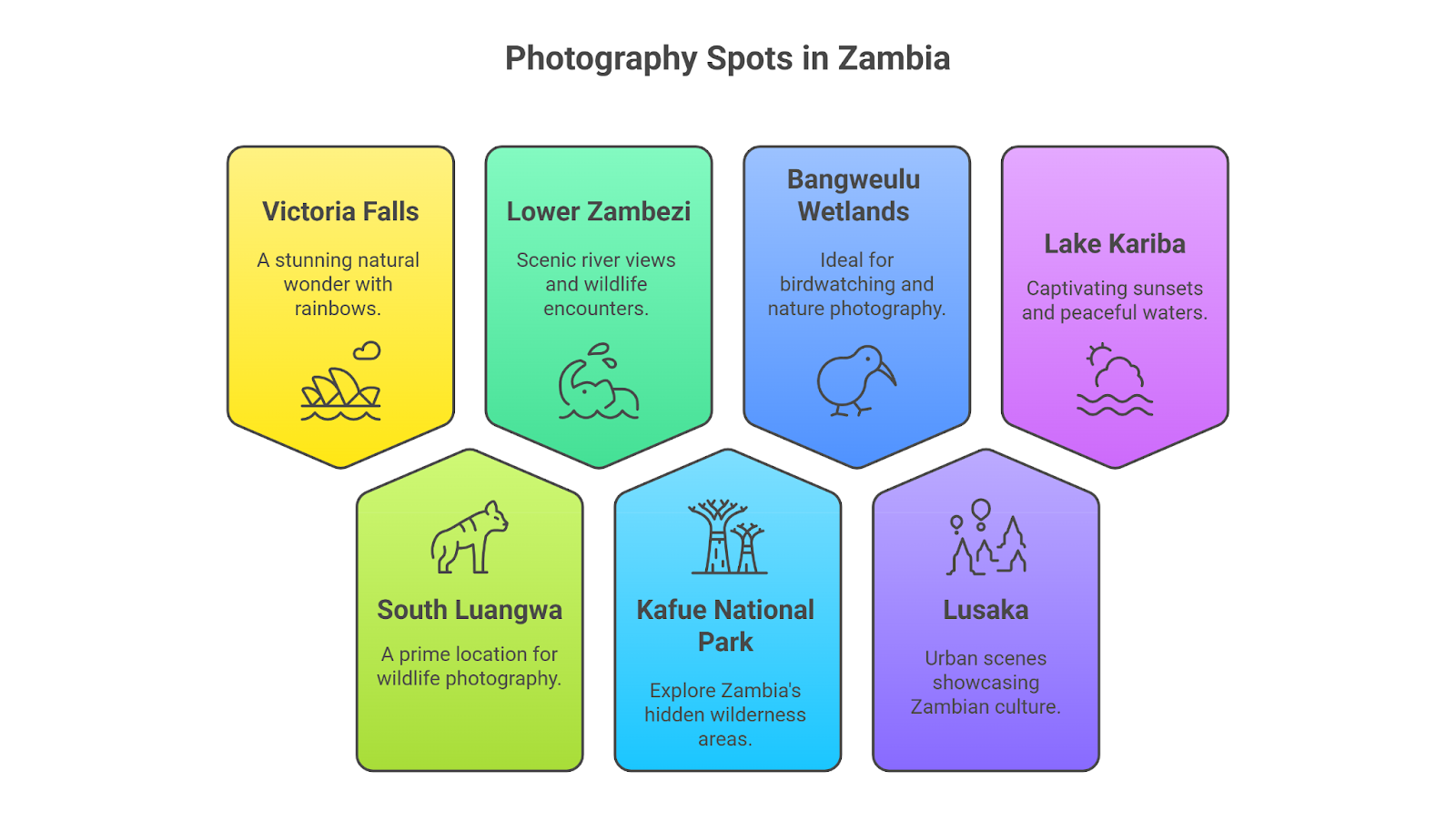
Below is a thorough explanation of all of these locations and how one may utilise them for photography.
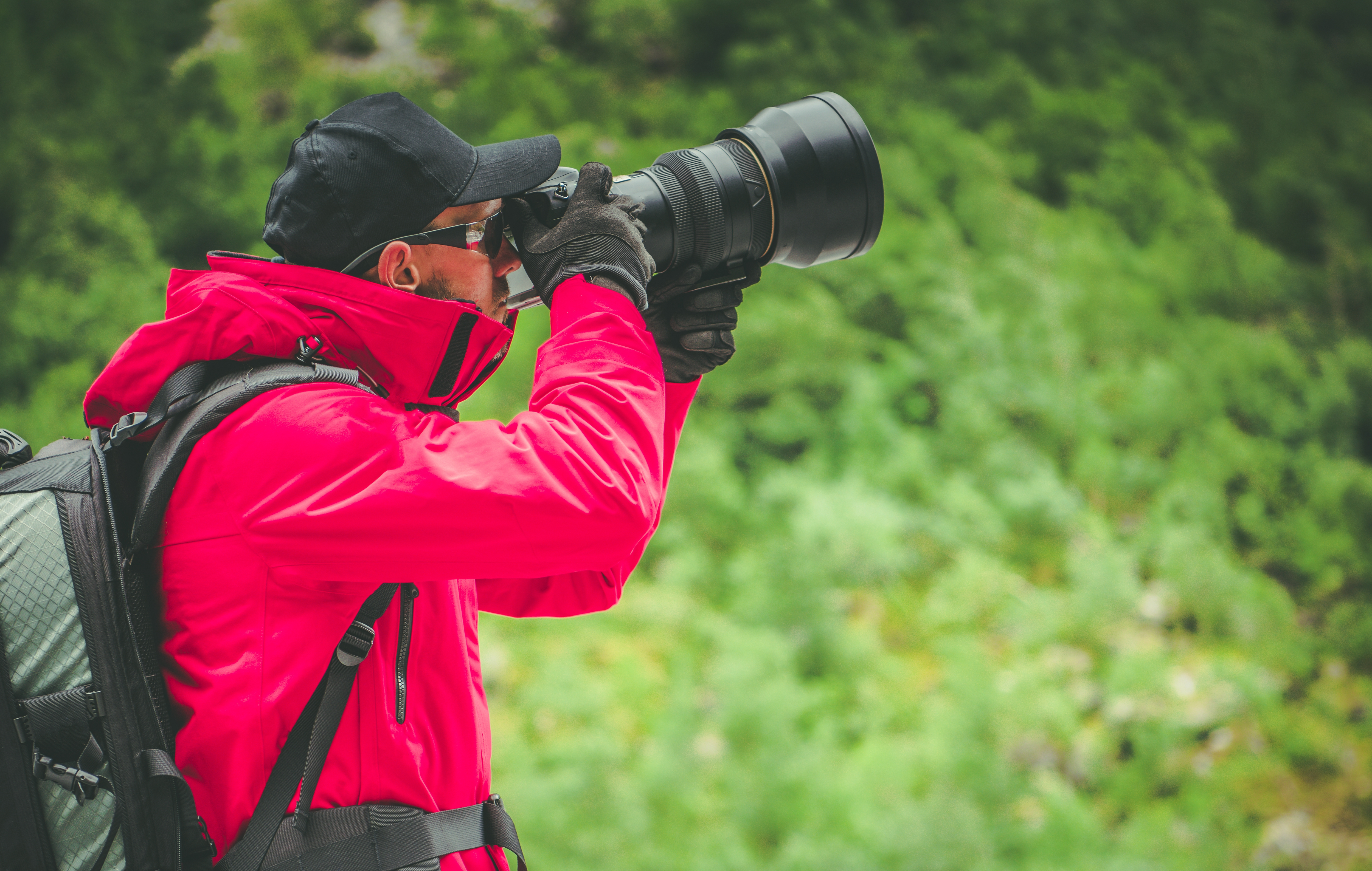
SPOT 1: The Crown Jewel—Victoria Falls
Overview of Victoria Falls
Victoria Falls, referred to locally as Mosi-oa-Tunya ("The Smoke That Thunders"), stands as one of the Seven Natural Wonders of the World. Extending for 1.7 kilometres and descending 108 meters into the Zambezi Gorge, it’s a spectacle that captivates those who visit. The immense strength and stunning allure of the falls render it an essential destination for every photographer.
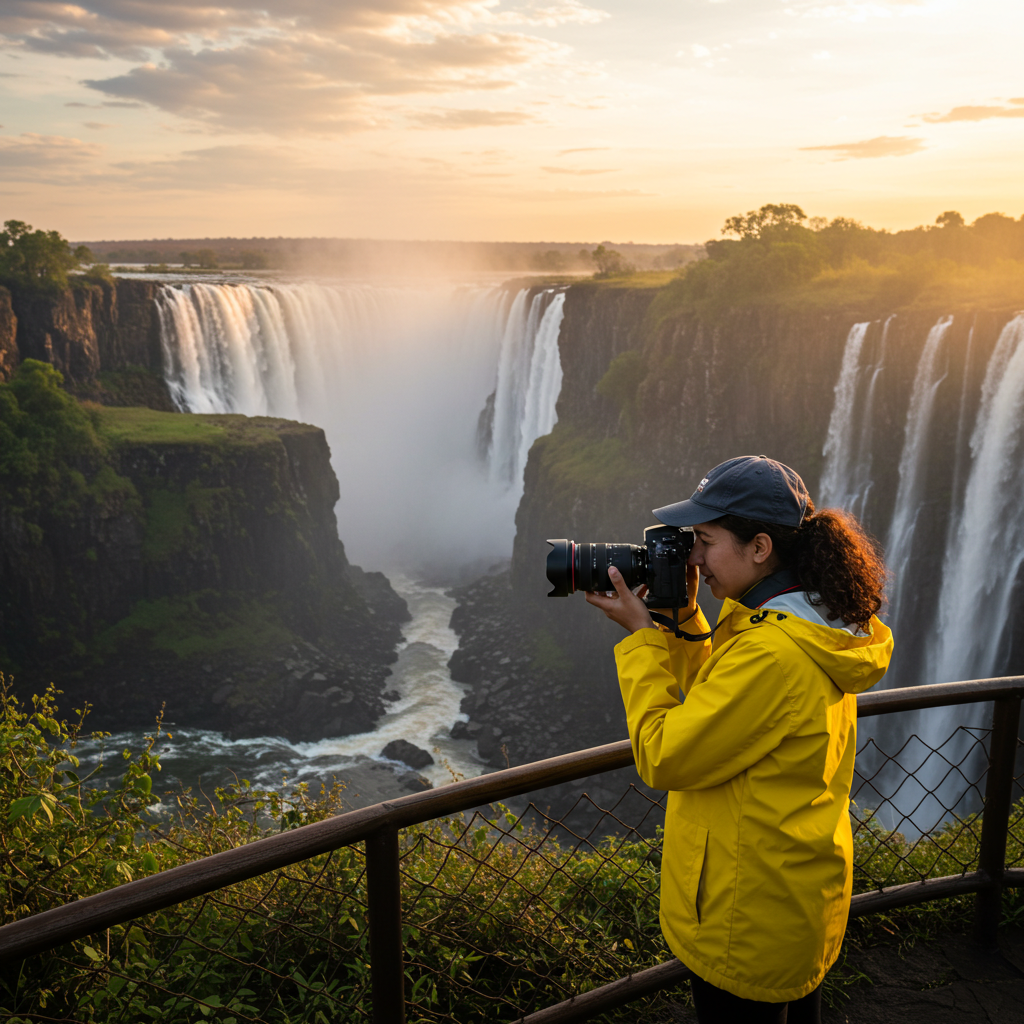
Best Viewpoints for Photography
- Devil’s Pool: During the dry season (August to December), adventurous photographers can capture unique shots from this natural infinity pool at the edge of the falls.
- Knife-Edge Bridge: Perfect for panoramic shots of the falls and the surrounding rainforest.
- Livingstone Island: Offers a front-row seat to the cascading waters and rainbows that often form in the mist.
Seasonal Variations
- Wet Season (February to May): The falls are at their most powerful, creating a thick mist that can obscure views but adds a dramatic, ethereal quality to photos.
- Dry Season (June to January): The water flow reduces, revealing the rocky cliffs and allowing for clearer shots of the gorge.
Photography Tips
- Employ a polarising filter to diminish glare and amplify colours.
- Seize the rainbows that emerge in the mist during the early morning or late afternoon.
- Try using long exposures to achieve a smooth, silky appearance on the water.
SPOT 2: South Luangwa National Park—A Wildlife Photographer’s Dream
South Luangwa National Park is famous for its abundant wildlife and unspoiled scenery. This location is among the finest in Africa for capturing images of leopards, elephants, and lions in their wild environment.
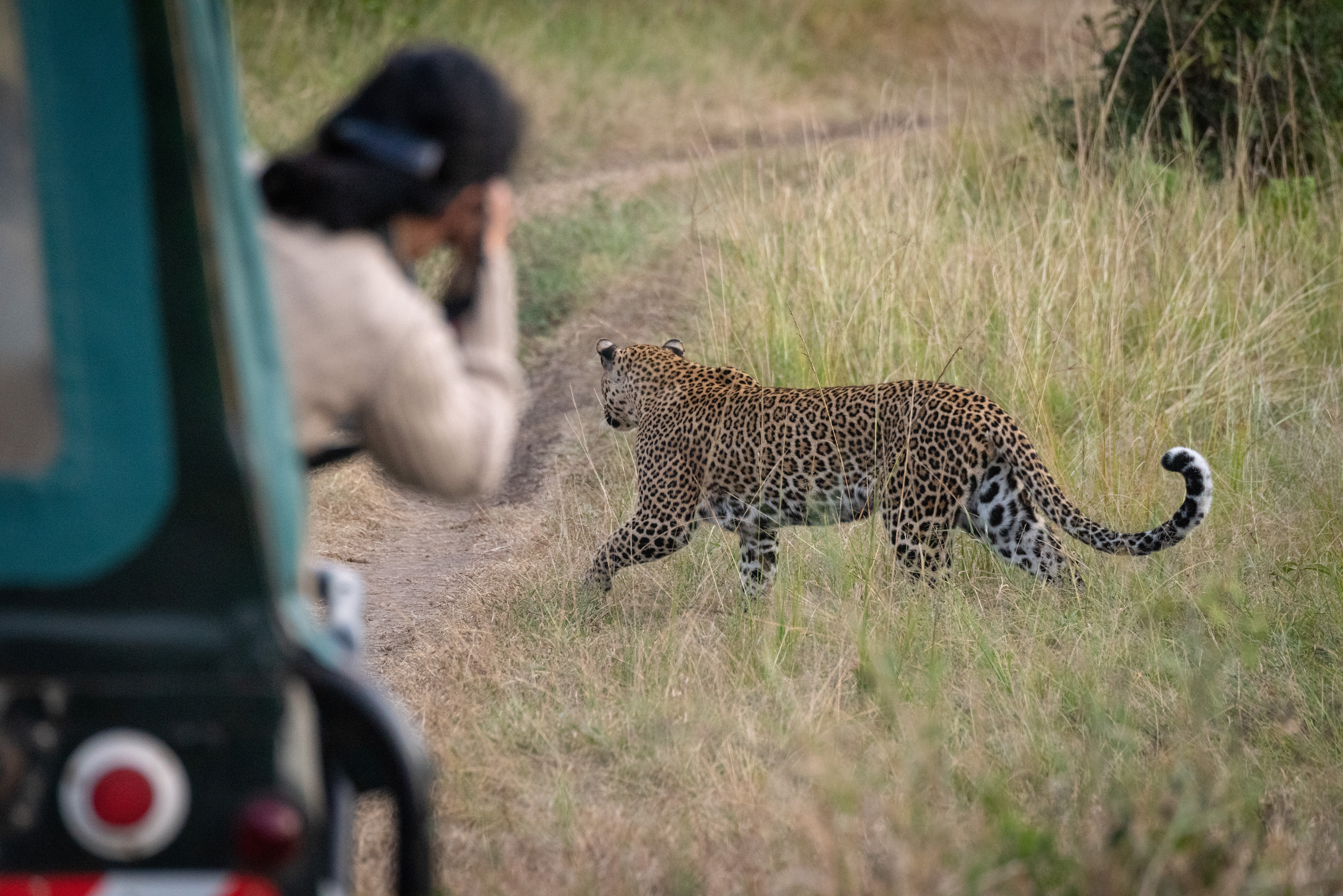
Iconic Wildlife to Photograph
- Leopards: South Luangwa is famous for its leopard sightings, especially during night drives.
- Elephants: Herds of elephants can often be seen along the Luangwa River.
- Lions and Wild Dogs: These predators offer thrilling action shots.
Best Times for Photography
- Dry Season (May to October): Animals congregate in proximity to water sources, which facilitates their identification and photography.
- Emerald Season (November to April): The park transforms into a lush, green paradise, ideal for landscape photography.
Photography Tips
- For capturing close-up wildlife images, opt for a telephoto lens in the range of 200-400 mm.
- Capture images during the golden hours (early morning and late afternoon) to achieve soft, warm lighting.
- Stay calm and prepared to seize unexpected moments, like a lioness on the hunt or elephants at play.
SPOT 3: Lower Zambezi National Park—Where the River Meets the Wild
The Lower Zambezi National Park is a photographer's paradise, offering a blend of water, wildlife, and breathtaking vistas. With its stunning reflections and colourful sunsets, the Zambezi River is the park's lifeblood.
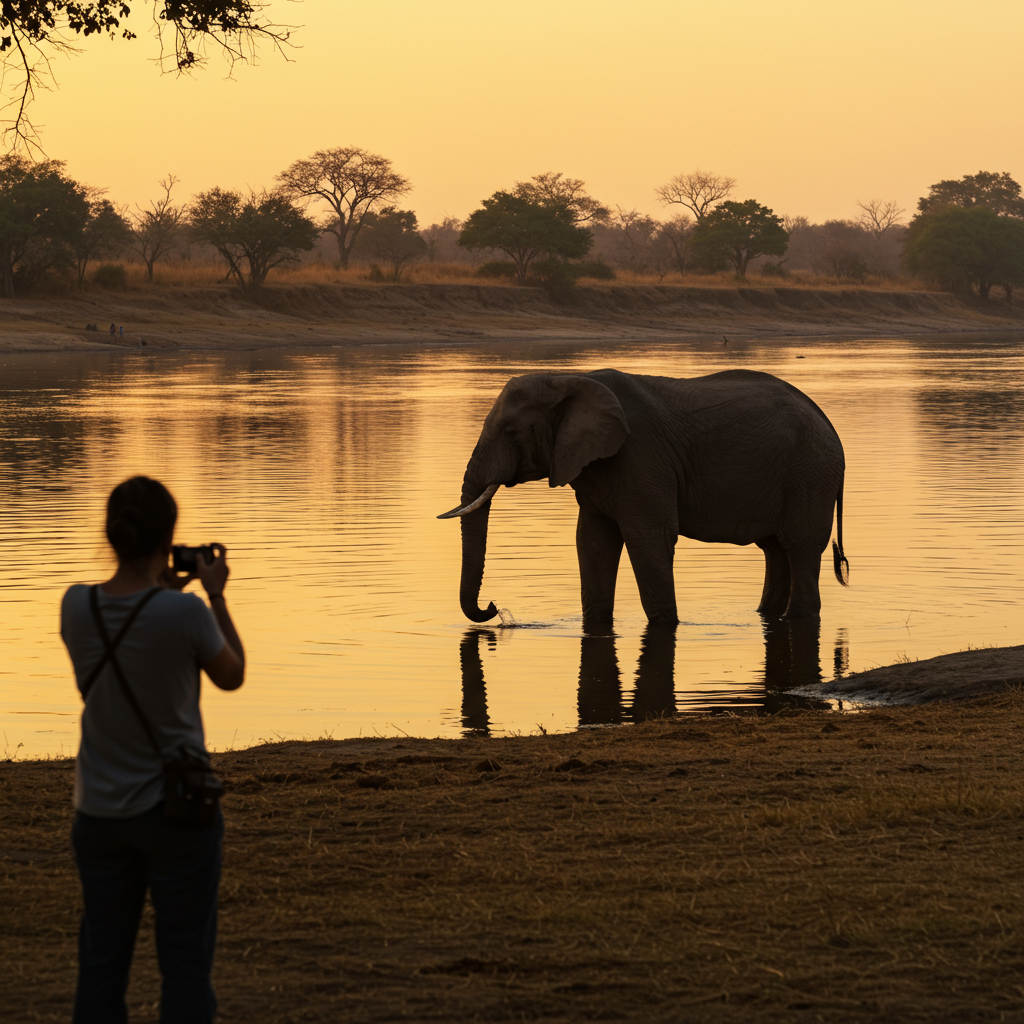
Unique Photography Opportunities
- Sunset Cruises:Capture the golden hues of the sun setting over the river, with elephants and hippos in the foreground.
- Canoe Safaris: Get up close to wildlife along the riverbanks, offering unique perspectives.
- Birdlife: The park is home to over 400 bird species, including the African fish eagle and carmine bee-eater.
Photography Tips
-
Use a wide-angle lens for landscape shots and a telephoto lens for wildlife.
- Experiment with reflections in the water for creative compositions.
- Shoot in burst mode to capture fast-moving subjects, such as birds in flight.
SPOT 4: Kafue National Park—Zambia’s Hidden Wilderness
Kafue National Park stands as one of Africa's largest and most ancient parks, showcasing a variety of landscapes that transition from thick forests to expansive plains. It’s a haven for photographers in search of tranquillity and pristine landscapes.
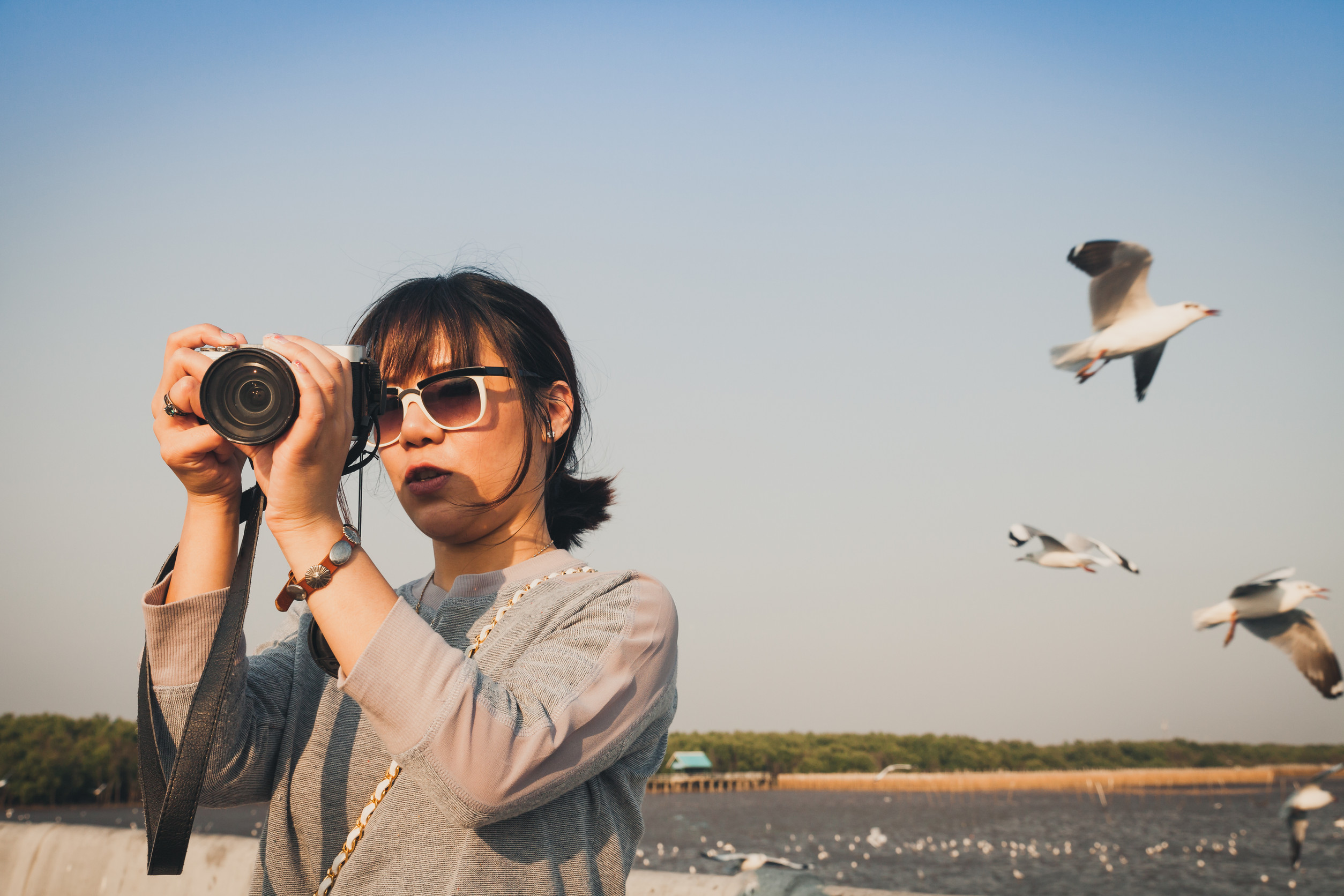
Photogenic Spots Within the Park
- Busanga Plains: Known for its vast grasslands and abundant wildlife, including red lechwe and lions.
- Lunga River: Offers serene landscapes and opportunities to photograph hippos and crocodiles.
- Lake Itezhi-Tezhi: A hotspot for birdlife and sunset photography.
Photography Tips
- For optimal wildlife sightings, plan your visit in the dry season, which runs from June to October.
- A tripod is crucial for taking long-exposure photographs of the night sky.
- Seize the dynamic relationship between light and shadow at dawn and dusk.
SPOT 5: Bangweulu Wetlands—A Birdwatcher’s Paradise
The Bangweulu Wetlands serve as a sanctuary for avian species, featuring the elusive shoebill stork. The distinctive ecosystem of the wetlands provides countless chances for capturing stunning images of birds and landscapes.
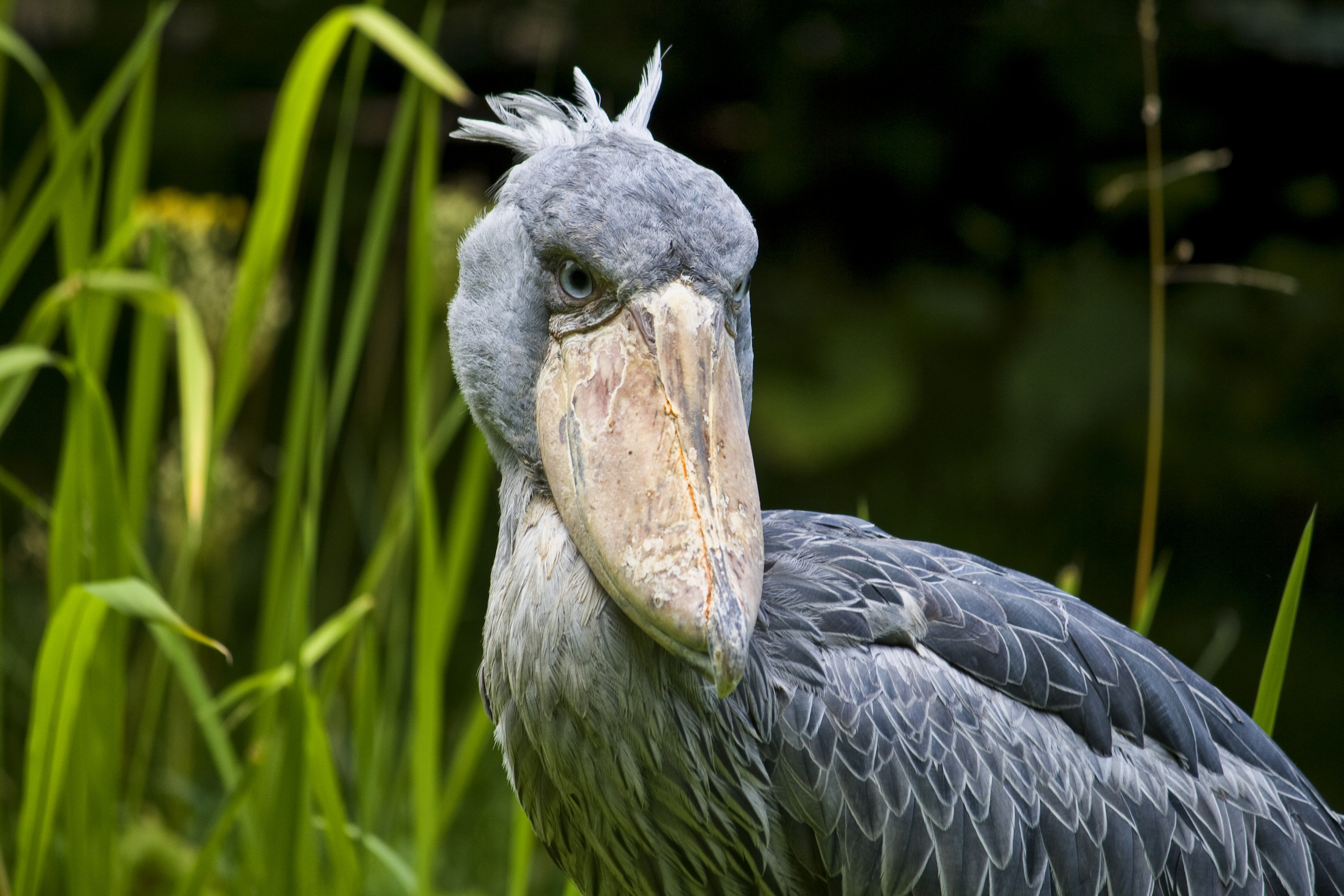
Iconic Bird Species to Photograph
- Shoebill Stork: A prehistoric-looking bird that’s a must-capture for any wildlife photographer.
- Waterfowl: Thousands of ducks, geese, and other waterbirds can be seen during the wet season.
Landscape Photography Opportunities
- Capture the wetlands’ vast expanse, dotted with water lilies and traditional fishing canoes.
- Shoot during sunrise or sunset for dramatic lighting.
Photography Tips
- For bird photography, opt for a telephoto lens, while a wide-angle lens is ideal for capturing landscapes.
- Be patient as you await the perfect opportunity to photograph the shoebill stork in motion.
- Honour the delicate ecosystem of the wetlands by remaining on marked trails.
SPOT 6: Lusaka—Urban Photography with a Zambian Flair
Lusaka, the vibrant capital of Zambia, presents a blend of contemporary and traditional features, creating an intriguing focus for urban photography.
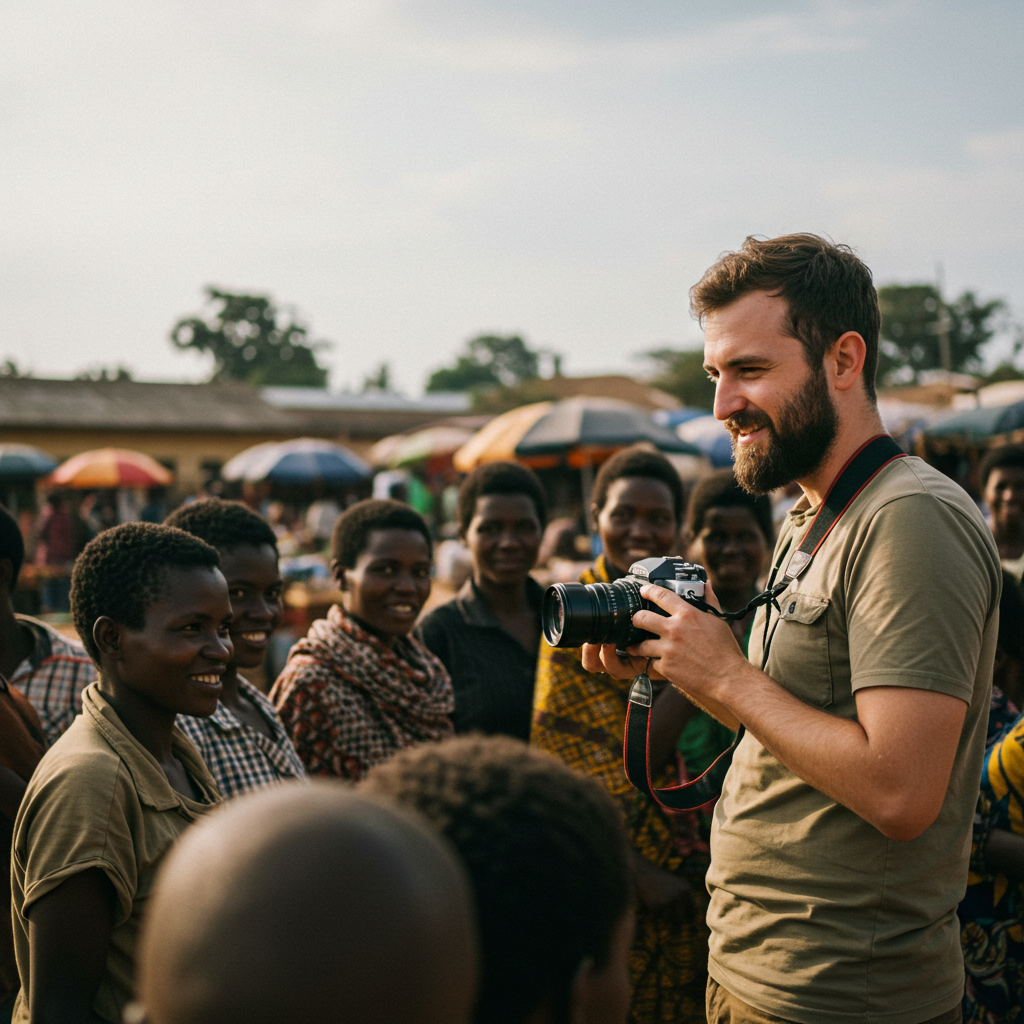
Key Landmarks and Markets
- Kabwata Cultural Village: A vibrant hub of traditional crafts and performances.
- Lusaka National Museum: Offers insights into Zambia’s history and culture.
- Soweto Market: A bustling marketplace perfect for street photography.
Cultural Events and Festivals
- Capture the energy of the Lusaka July, a glamorous horse racing event.
- Photograph traditional dances and ceremonies at local festivals.
Photography Tips
- Opt for a fast prime lens, such as a 35mm or 50mm, when capturing street photography.
- Stay aware of your environment and seek consent before taking pictures of individuals.
- Explore various angles and viewpoints to showcase the city's liveliness.
SPOT 7: Lake Kariba—Sunsets and Serenity
Lake Kariba, among the largest artificial lakes globally, presents breathtaking sunsets and tranquil scenery. This location offers an excellent opportunity for unwinding and capturing beautiful images.
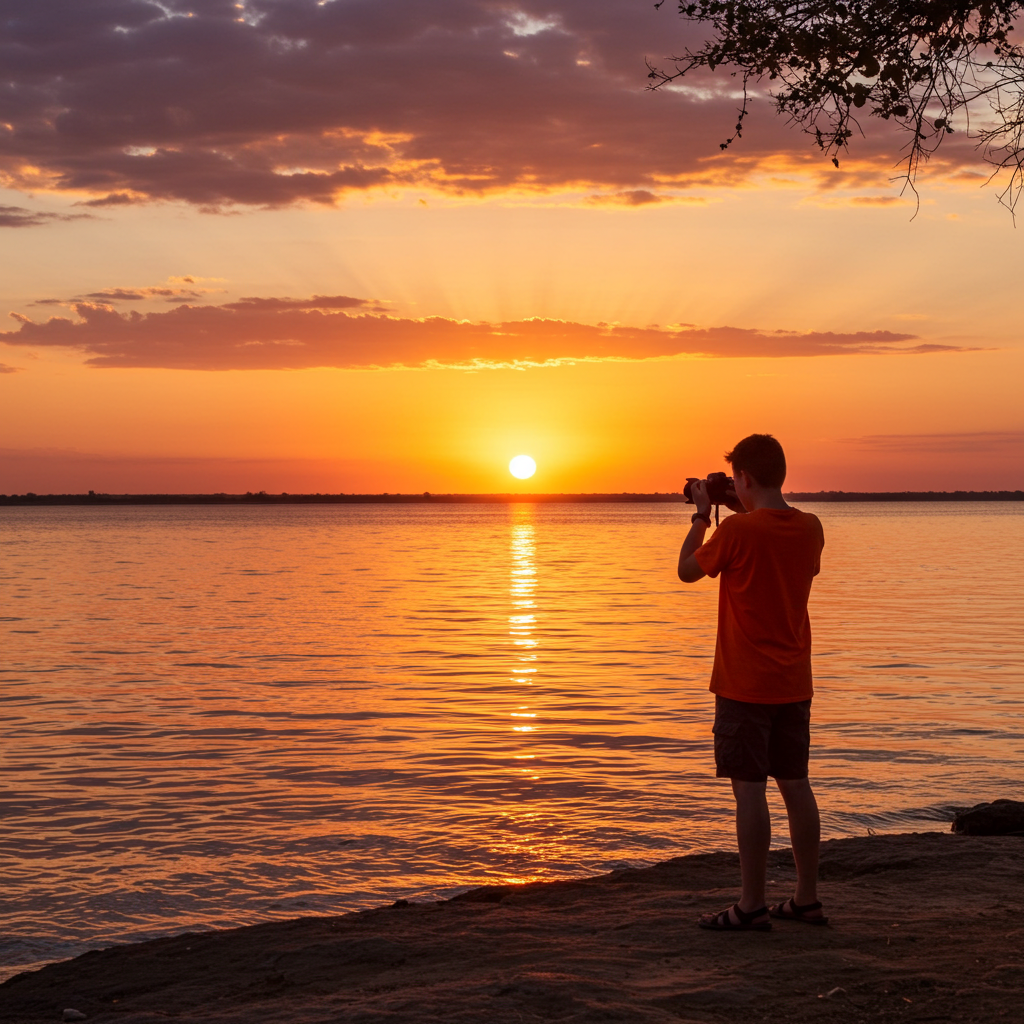
Sunset Photography
- Photograph the sun sinking over the ocean in beautiful colours.
- Create symmetrical compositions with reflections.
Wildlife and Birdlife
- Photograph elephants, hippos, and crocodiles along the shoreline.
- Capture the diverse birdlife, including kingfishers and herons.
Cultural Photography
- Visit local fishing villages to photograph the daily lives of the Tonga people.
- Capture traditional fishing techniques and boat building.
Photography Tips
- Employ a polarising filter to diminish glare and amplify colours.
- Capture images during the golden hours for optimal lighting conditions.
- Show respect while capturing images of local communities.
Zambia through the Lens: Final Impressions
Zambia boasts breathtaking locations such as Lake Kariba, South Luangwa National Park, and Victoria Falls, making it an ideal destination for photographers. It is a must-visit location for environment and culture lovers because of its varied landscapes, colourful sunsets, and abundant wildlife, which offer countless chances to take stunning pictures.
Disclaimer: We recommend verifying your travel plans with appropriate authorities, embassies, and airlines, even if this information was last updated in January 2025.
How to Secure Your eVisa for Zambia
Step1: Complete the online eVisa application by entering your passport details.
Step2: Execute the online payment using a Credit or Debit card.
Step3: Monitor your email for payment confirmation and the electronic delivery of your visa.
